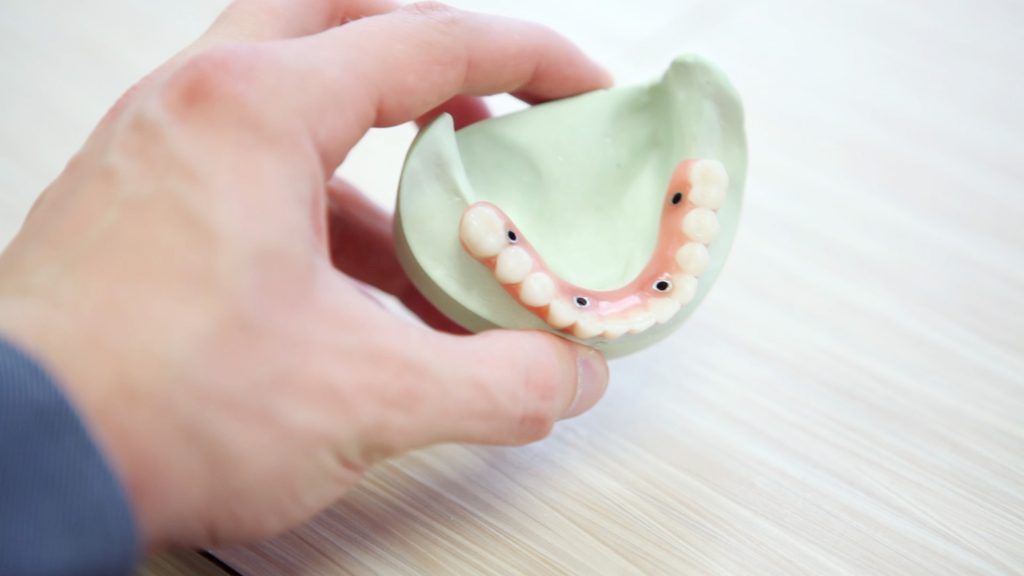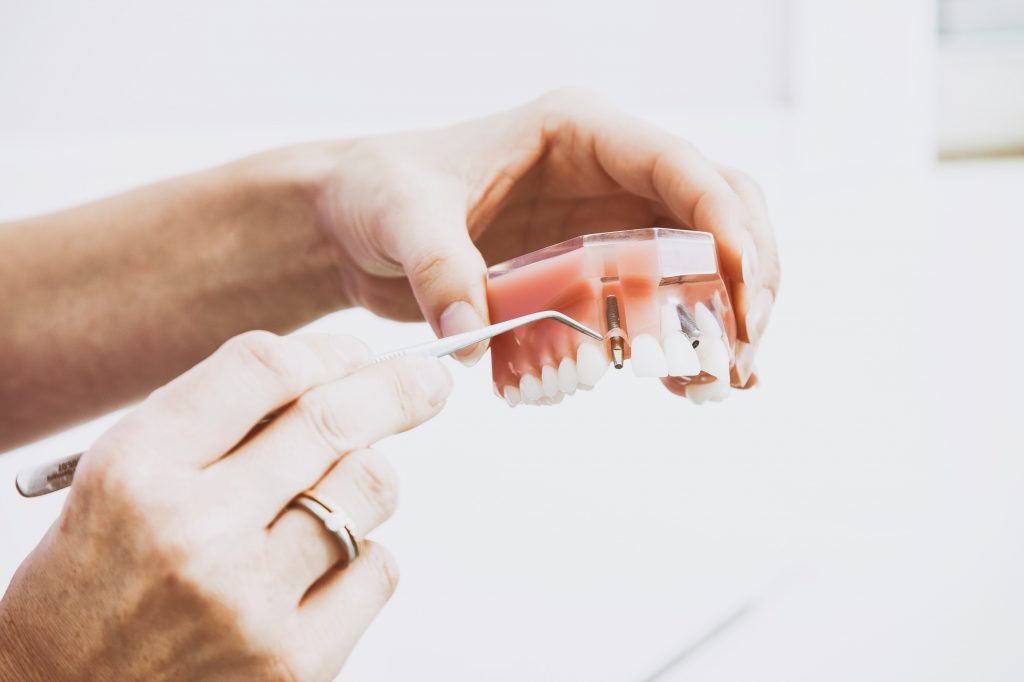Alternatives to Dental Implants

Dental implants are a highly effective solution and are successful in a lot of people. Dentistry offices recommend them because they are a permanent solution to the issue. However, there are a variety of reasons why dental implants may not be the best option for all people. Sometimes, they are too expensive for the individual to afford. Other times, there isn’t enough bone mass in the jaw for the dental implants to set. Whatever the reason, there are plenty of alternatives to dental implants for those who find that a dental implant is not the right fit for them.
1. Traditional Full Dentures

Full dentures can be removed and inserted at any time by the patient and are best for those who have lost most of their teeth. Traditional dentures are made to match the form of the patient’s mouth and are made to be as comfortable as possible. However, since they are inserted into the mouth, there is a risk they could cause sores or discomfort. They can also make eating certain foods more difficult (like chewing gum or sticky candies).
Dentures are made of strong plastic or acrylic and are created to look like straight, white teeth. Dentists recommend dentures for older adults who have lost a lot of the bone mass in their jaws. Older adults are also drawn to dentures over dental implants since dentures decrease the risk of infection. They are also often cheaper than an implant since no surgery is required. Since they are not permanently set in the mouth, they can be removed and reinserted for cleaning and sleeping.
2. Partial Dentures

Full dentures are made for those who have lost a majority of their teeth. For those who have only lost several of their teeth, there are partial dentures that dentists recommend. The partial denture acts similar to braces since there will be wires that hold the fake teeth in place. The base of the structure is made from soft plastic and set into place by wires that cross over the top of the mouth. Partial dentures are also common in those who have less bone mass in their jaws, or by those who have lost too many teeth for a dental implant to be practical, but too few teeth for a full denture.
They can make eating more comfortable since they fill in the gaps between teeth and allow you to have comfort in public. The dentist will also ensure that the new teeth match your original teeth accurately to not draw attention to the partial denture.
3. Dental Bridges

A dental bridge is similar to a partial denture but is more commonly used in those who have lost very few teeth. The synthetic tooth is made from porcelain and is crafted individually to match the surrounding teeth. The tooth is then attached to the surrounding teeth by the crowns which hold the new tooth securely in place. The dental bridges are called “bridges” since they rely on the “bridge” between crowns in order to hold them in place. It is a natural looking way to correct the smile and is semi-permanent. They are considered more reliable that dentures since the teeth don’t have to be removed.
Dental bridges can last up to 10 years and help to prevent tooth and gum decay. However, since the teeth are placed individually, dentistry offices point out that the bridges can only be used if the individual has only lost a few teeth. The replacement needs to have two sturdy, healthy teeth on both sides of the replacement. Since they are supported by the other teeth in the mouth, they can also add pressure to your existing teeth for minor discomforts.
Finding the right alternative to dental implants can be easy if you talk to your dentist about your options. Your dentist will be able to provide an informed opinion about what will work best with your budget and your situation. If a dental implant is not right for you, ask your local dentistry office what your best option might be.

